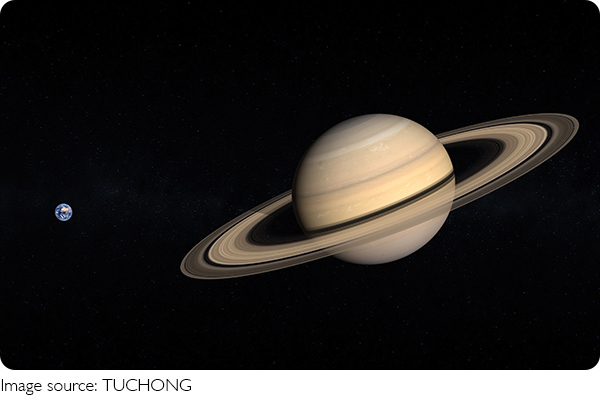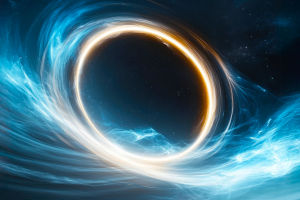Unifying Physics

The universe, from the tiniest particles to the vastest galaxies, operates under fundamental physical laws that we strive to understand. However, despite decades of research, scientists have struggled to find a single, unified framework that can explain all of nature's forces.
String theory may hold the key to this puzzle, offering the possibility of unifying the four known forces of nature under one theory. But how does this groundbreaking idea work, and how could it change our understanding of the cosmos?
The Four Fundamental Forces of Nature
In our current understanding of physics, we acknowledge four fundamental forces: gravity, electromagnetism, the weak nuclear force, and the strong nuclear force. These forces govern everything in the universe, from the behavior of atoms to the motion of celestial bodies. While each force works well in its own domain, the real challenge arises when we try to combine them into one coherent theory.
Gravity, for instance, works on a large scale—planetary movements, the curvature of space-time, and black holes all obey the laws of gravity as described by Einstein's theory of general relativity. On the other hand, quantum mechanics governs the world of the very small: subatomic particles like electrons, photons, and quarks.
However, quantum mechanics and general relativity are incompatible in their current forms, as they describe the universe in fundamentally different ways. String theory could potentially reconcile these two pillars of physics.
What Is String Theory?
At the heart of string theory is the idea that the most fundamental components of matter are not point-like particles, as traditionally thought, but rather tiny, vibrating strings. These strings can vibrate in multiple ways, with each vibration corresponding to a different particle or force. For example, a string vibrating in one way may manifest as an electron, while another vibration could represent a photon. The beauty of this theory lies in its simplicity: all particles and forces are manifestations of one fundamental entity.
String theory also suggests that the universe has more than the familiar three dimensions of space and one of time. In fact, it proposes that there are up to 11 dimensions, though many of these extra dimensions are hidden from us. According to string theory, the reason we experience only four dimensions is that the extra dimensions are “curled up” at incredibly small scales.
How String Theory Attempts to Unify Forces
String theory's most compelling promise is its potential to unify the four forces of nature. For decades, scientists have searched for a “Theory of Everything” (TOE) that could describe all physical phenomena, but the unification of gravity with quantum forces has always been a significant challenge. String theory, with its multidimensional approach, provides a framework where gravity, electromagnetism, and nuclear forces could be unified in a single, elegant equation.
In string theory, all forces are considered manifestations of different vibrational patterns of strings. Gravity, traditionally considered separate and distinct from the other forces, is incorporated as a natural consequence of string interactions. This offers hope for a theory that could unify all of nature's forces into one complete framework.
The Role of Extra Dimensions
One of the most intriguing aspects of string theory is the concept of extra dimensions. While we experience three spatial dimensions and one time dimension, string theory proposes that additional dimensions could exist beyond our perception. These dimensions, though theoretically present, are thought to be compactified or “curled up” at such small scales that they are undetectable by current instruments.
The addition of these extra dimensions allows string theory to explain certain phenomena that remain enigmatic in traditional physics. For instance, the force of gravity, which is weak compared to electromagnetism and nuclear forces, could be explained by the existence of hidden dimensions that affect how gravity propagates through space. The presence of these additional dimensions could also explain why gravity appears so much weaker than the other forces at macroscopic scales.
Challenges and Criticisms
While string theory offers an exciting potential for unification, it also faces significant challenges. One of the biggest hurdles is the lack of experimental evidence. As of now, string theory remains a mathematical framework without direct empirical verification. The high-energy scales needed to test string theory's predictions are far beyond the reach of current particle accelerators, such as the Large Hadron Collider.
Moreover, the theory's reliance on extra dimensions, which cannot be directly observed, has led some physicists to question its validity. Critics argue that string theory may be more of a mathematical construct than a true physical theory. However, proponents believe that ongoing advancements in technology and experimentation may eventually provide the evidence needed to support string theory's claims.

The Future of String Theory
Despite the challenges, string theory remains one of the most promising avenues in theoretical physics. Researchers continue to explore its implications, refining mathematical models and seeking ways to test the theory experimentally. New approaches, such as the study of cosmological phenomena and quantum gravity, may provide the necessary insights into the workings of string theory.
In addition, advancements in computational power could allow for simulations of string theory in ways previously thought impossible. This could lead to new breakthroughs and, potentially, direct evidence that will bring string theory closer to mainstream acceptance.


